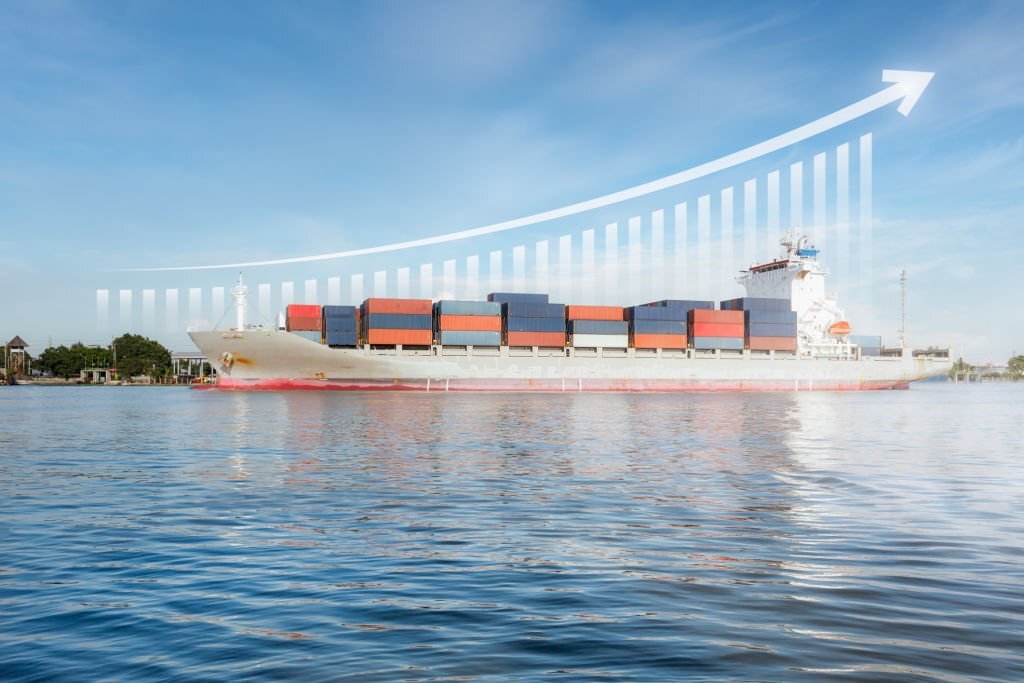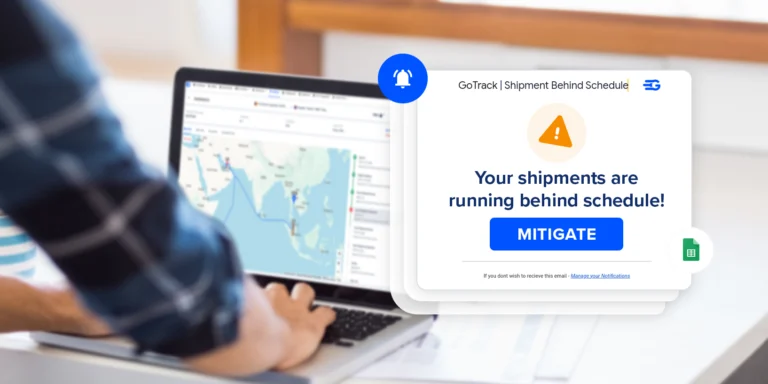Emerging Supply Chain Software Trends in 2025: Key Predictions to Watch Out For
The supply chain industry is in a constant state of evolution, and software is playing an increasingly critical role in its success. In 2025, several new and emerging supply chain software trends in supply chain software are expected to surface. Here are some key predictions to watch out for:
- The Rise of Actionable AI: Artificial intelligence (AI) is already being utilized in various ways within the supply chain. However, in 2025, we can anticipate the emergence of even more sophisticated AI applications. Actionable AI will automate tasks, facilitate better decision-making, and enhance visibility across the supply chain.
- The Growth of Smart Operations: Smart operations refer to the use of technology to improve the efficiency and effectiveness of supply chain operations. In 2025, more companies are likely to adopt intelligent operations solutions, including predictive analytics, robotics, and the Internet of Things (IoT).
- The Increasing Adoption of Cloud-Based Software: Cloud-based software is gaining popularity in the supply chain industry due to its scalability, flexibility, and cost-effectiveness. In 2025, we can expect to see a further surge in the adoption of cloud-based supply chain software by businesses.
- The Focus on Sustainability: Sustainability is a growing concern for businesses, and this is reflected in the supply chain software market. In 2025, tools for supply chain management will likely focus on sustainability, incorporating features such as carbon emissions tracking and optimized transportation routes.
These predictions highlight only a few of the emerging supply chain software trends to watch out for in 2025. As the industry continues to evolve, we can anticipate the development of even more innovative and cutting-edge software solutions that enable businesses to enhance their efficiency, effectiveness, and sustainability.
Implementing The Supply Chain Software Trends in Your Business
To implement the emerging supply chain software trends in your business, consider the following tips:
- Assess your current needs: Identify your biggest pain points and determine your future goals. By understanding your present situation, you can pinpoint the appropriate software solutions for your business.
- Conduct thorough research: With a wide range of supply chain software solutions available, it’s crucial to conduct extensive research and select the ones that align with your specific needs and goals. Ensure compatibility with your existing systems.
- Secure stakeholder buy-in: Any significant changes in a business require buy-in from stakeholders. Communicate the benefits of the new software solutions to your stakeholders and gain their support before implementing any changes.
- Gradual implementation: Rather than trying to introduce all the new software at once, implement them gradually. Starting with a small pilot project can prevent overwhelming your team and minimize potential issues.
- Provide training and support: Your team will need training on the new software solutions. Ensure they have the necessary resources and support to succeed.
By following these tips, you can effectively implement the emerging supply chain software trends in your business and drive improvements in efficiency, effectiveness, and sustainability.
Conclusion
2025 marks a pivotal year for supply chain software, with several key trends shaping the industry’s future. The increasing adoption of AI and ML technologies promises enhanced decision-making capabilities and optimized operations. As businesses explore the potential of blockchain and IoT integration, they are poised to achieve unprecedented levels of transparency and traceability, revolutionizing supply chain management.
Embracing these transformative trends will be vital for companies seeking to gain a competitive edge, improve efficiency, and create resilient and agile supply chains for the future. By proactively leveraging emerging technologies and fostering a culture of innovation, businesses can position themselves for success in the dynamic landscape of supply chain management in 2025 and beyond. The future is bright for those who seize the opportunity to adapt and thrive amidst these exciting developments.





